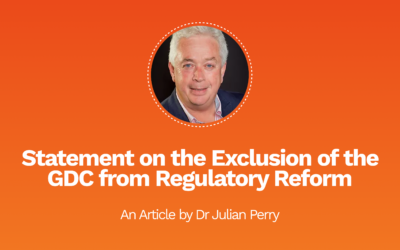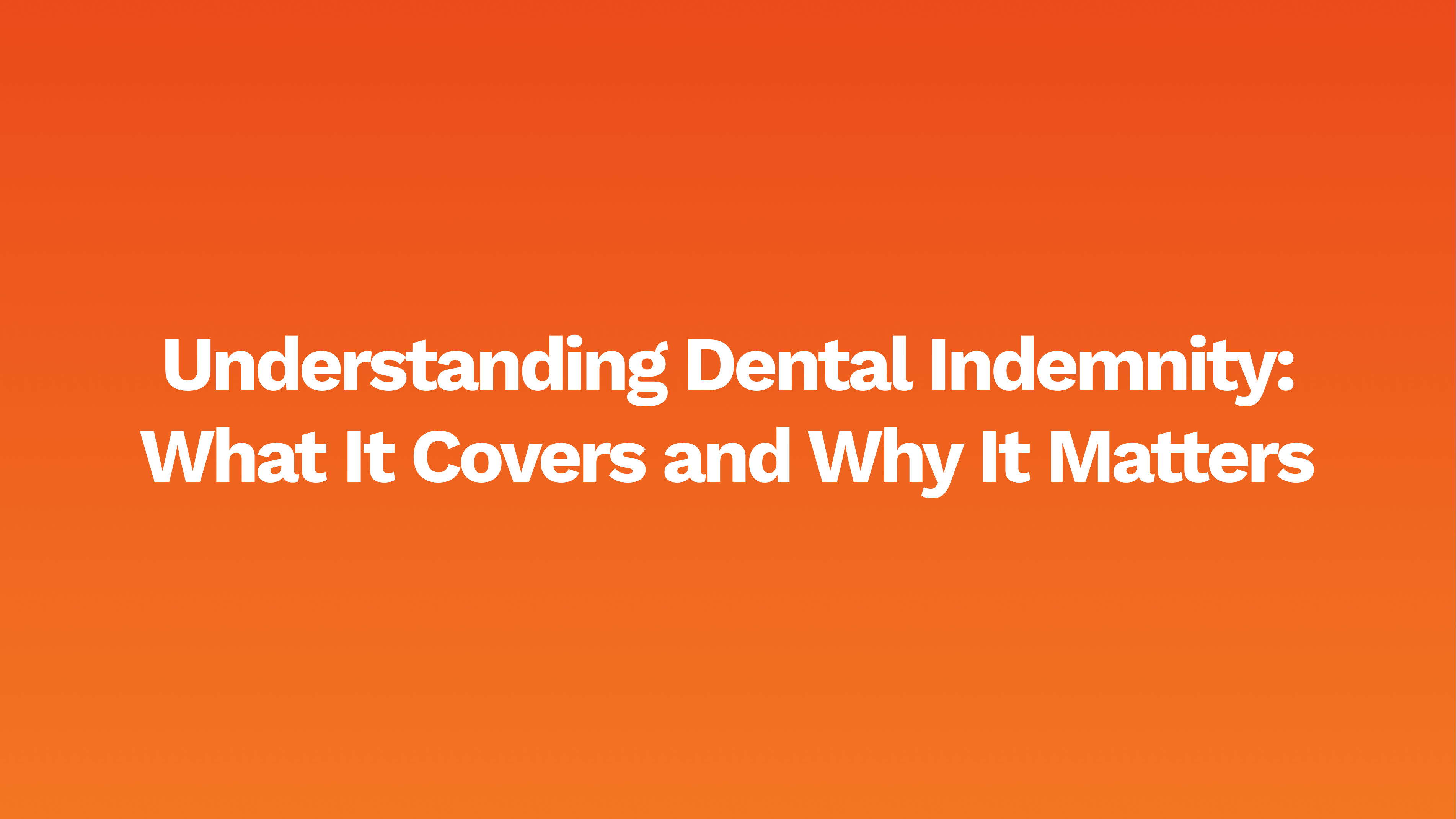Surgical emphysema (or subcutaneous emphysema) occurs when air/gas is located in the subcutaneous tissues (the layer under the skin). This usually occurs in the chest, face or neck. The majority of cases are non-fatal and self-limiting.
Subcutaneous emphysema may spread to the paratracheal, mediastinal or thoracic spaces and there may be alterations in breathing.
Patient case
A member contacted us some months ago reporting a letter of claim, sent by a solicitor.
The patient had presented at an urgent appointment, complaining of pain from a lower tooth.
On examination, the lower left first premolar was found to be grossly carious and unrestorable, which was confirmed on a pre-operative periapical X-ray.
The patient was suffering with pain which was keeping him awake and requested removal of the tooth.
Our member was keen to help the patient and agreed to provide the extraction under an urgent NHS course of treatment.
Pre-operative discussions were held in the usual way regarding risks and warnings. The only alternative option was no treatment.
In line with the pre-operative advice provided, the crown of the tooth fractured off during the extraction. However the clinician was able to carefully remove the root using elevators. It was not necessary to raise a flap or to remove bone.
The patient developed a large facial orbital swelling post treatment.
On referral to hospital, this was diagnosed as a surgical emphysema, extending in the peri orbital region and extending into the submental and submandibular spaces.
A course of IV antibiotics were prescribed and the swelling slowly resolved over a period of weeks.
Allegation
The claimant alleged that a fast hand-piece had been used in order to remove bone and that this had been the cause of the emphysema.
However, our member denied this, with the support of the dental records.
He had, however, used a three-in-one high pressure airflow in order to dry the visual field and it was accepted, with expert opinion, that on the balance of probabilities, this was the root cause of the emphysema.
The matter was, therefore, settled by Densura.
In summary, using a three-in-one is a tempting and easy way to clear the visual field during a complex extraction. However, although very rare, this unusual complication is an established risk (Heyman and Babayof, 1995).
Author: Rachel Barrow



